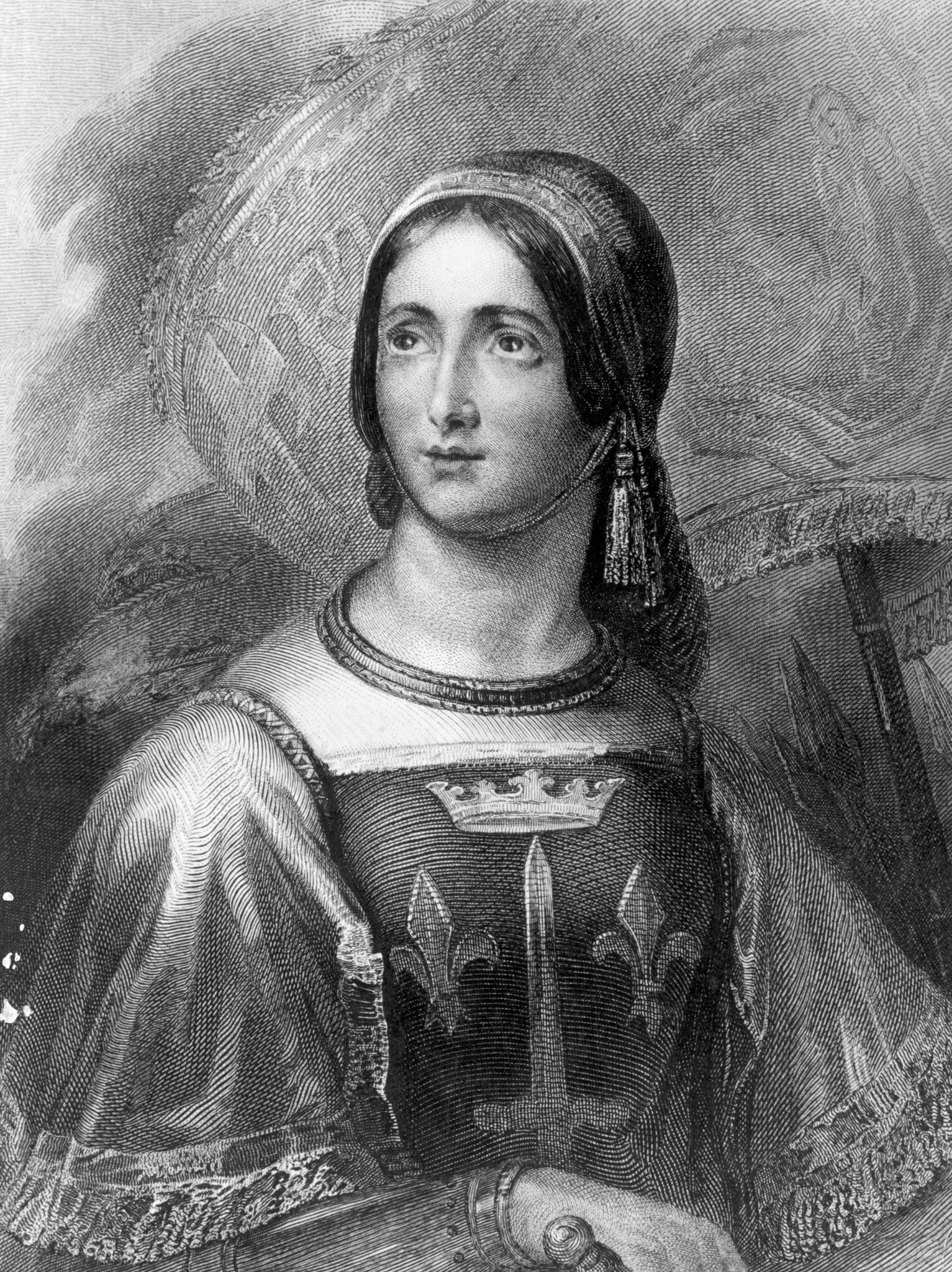Your support helps us to tell the story
From reproductive rights to climate change to Big Tech, The Independent is on the ground when the story is developing. Whether it's investigating the financials of Elon Musk's pro-Trump PAC or producing our latest documentary, 'The A Word', which shines a light on the American women fighting for reproductive rights, we know how important it is to parse out the facts from the messaging.
At such a critical moment in US history, we need reporters on the ground. Your donation allows us to keep sending journalists to speak to both sides of the story.
The Independent is trusted by Americans across the entire political spectrum. And unlike many other quality news outlets, we choose not to lock Americans out of our reporting and analysis with paywalls. We believe quality journalism should be available to everyone, paid for by those who can afford it.
Your support makes all the difference.More is known from contemporary accounts about Joan of Arc than almost any other 15th-century character. The records are in Joan's trial for heresy in 1431 and the "nullification trial" held 25 years later to reverse the decision.
However as Helen Castor points out in this meticulously argued book, which is aimed at analysing the evidence rather than adding to the hagiography, these accounts were written in Latin, not the language the witnesses actually spoke. Even before later translation into English, the meaning of their words was interpreted by scholars.
The facts are many and well-attested: on 23 February 1429 six armed men arrived at Chinon with a girl dressed as a boy and her hair cut short. She was introduced to the future king Charles VII of France and his counsel. Castor sees the hand of Charles's mother-in-law, Duchess Yolande of Anjou, behind the acceptance of Joan. She personally supervised verification of "the maid's" virginity – a necessary requirement of godliness.
It was, Castor notes, entirely unremarkable that God should send an envoy to France which was the most Christian kingdom, ruled by the most Christian king. Divine intervention was not exceptional; it was anticipated.
The first mission, raising the siege of Orleans, was a limited goal used as a measure of Joan's divine inspiration. It did not require a vast military outlay, and could stand as a practical test of the girl's mission. The dispirited English besiegers were faced by a foe newly invigorated with the spiritual ardour of a divine messenger. The siege was lifted: Joan had proved herself.
With a sharp understanding of the political scene, Castor notes how Joan's subsequent meteoric rise strengthened the divisions between the rival kingdoms of France. Joan reinforced the position of Charles, the Armagnac claimant, by having him crowned in Reims. This drove the Duke of Burgundy into a closer allegiance with the English.
Uniting France was no easy task, even with divine guidance, and in the end Joan was seized by the Duke of Burgundy, who was able to point out that her capture provided proof that her claim to act on heaven's behalf had always been false.
In her description of the 18-year-old visionary's trial, Castor shows a confident grasp not only of the personalities, families and battles of the period, but of how the medieval mind saw fact. She analyses a sticky question for a 21st-century intellect: the difference between heresy and true faith. Joan was neither the first nor the last person in 15th-century France to have visions or see voices. The important questions was: did these manifestations come from heaven or hell?
The angels she saw had to correspond with the description of angels given by St Thomas Aquinas, or they were not divine, but diabolical. She was closely questioned, but Burgundian clerics could never be convinced by a sign that took the form of an Armagnac victory. Ether Joan was lying about the divine manifestations she had experienced, and must be executed; or if she was telling the truth the visions she had seen were demonic, and she must be executed.
Joan was already a legend by the time the witnesses were called in the retrial to clear her name in 1456; they had the fate of a national icon in their hands and they knew what was required. They did their job and the original trial verdict was quashed, but the Church still took a deal of convincing of her sanctity, and she was not canonised until 1920.
Jad Adams's new book is 'Women and the Vote: A World History' (OUP)

Join our commenting forum
Join thought-provoking conversations, follow other Independent readers and see their replies
Comments